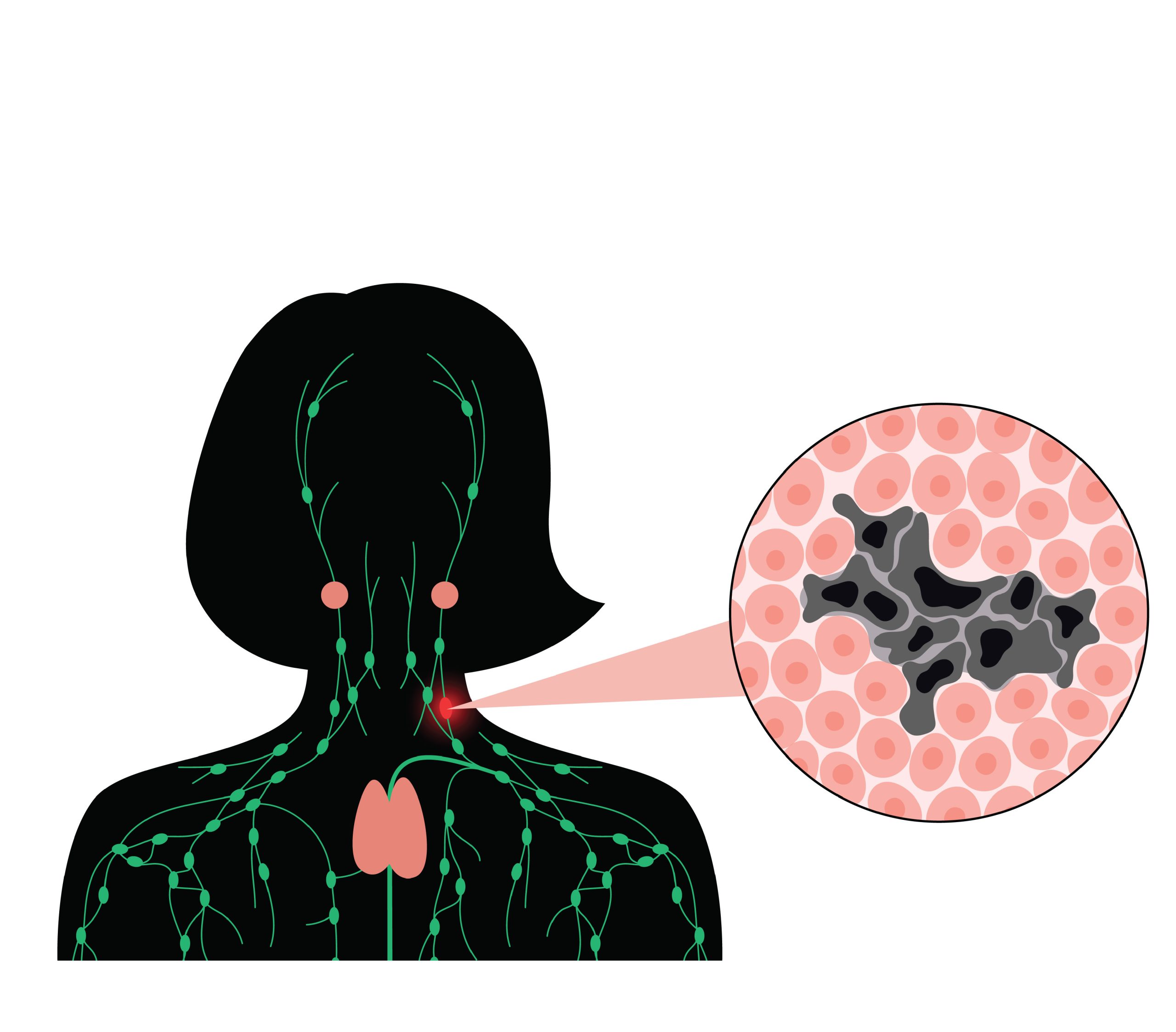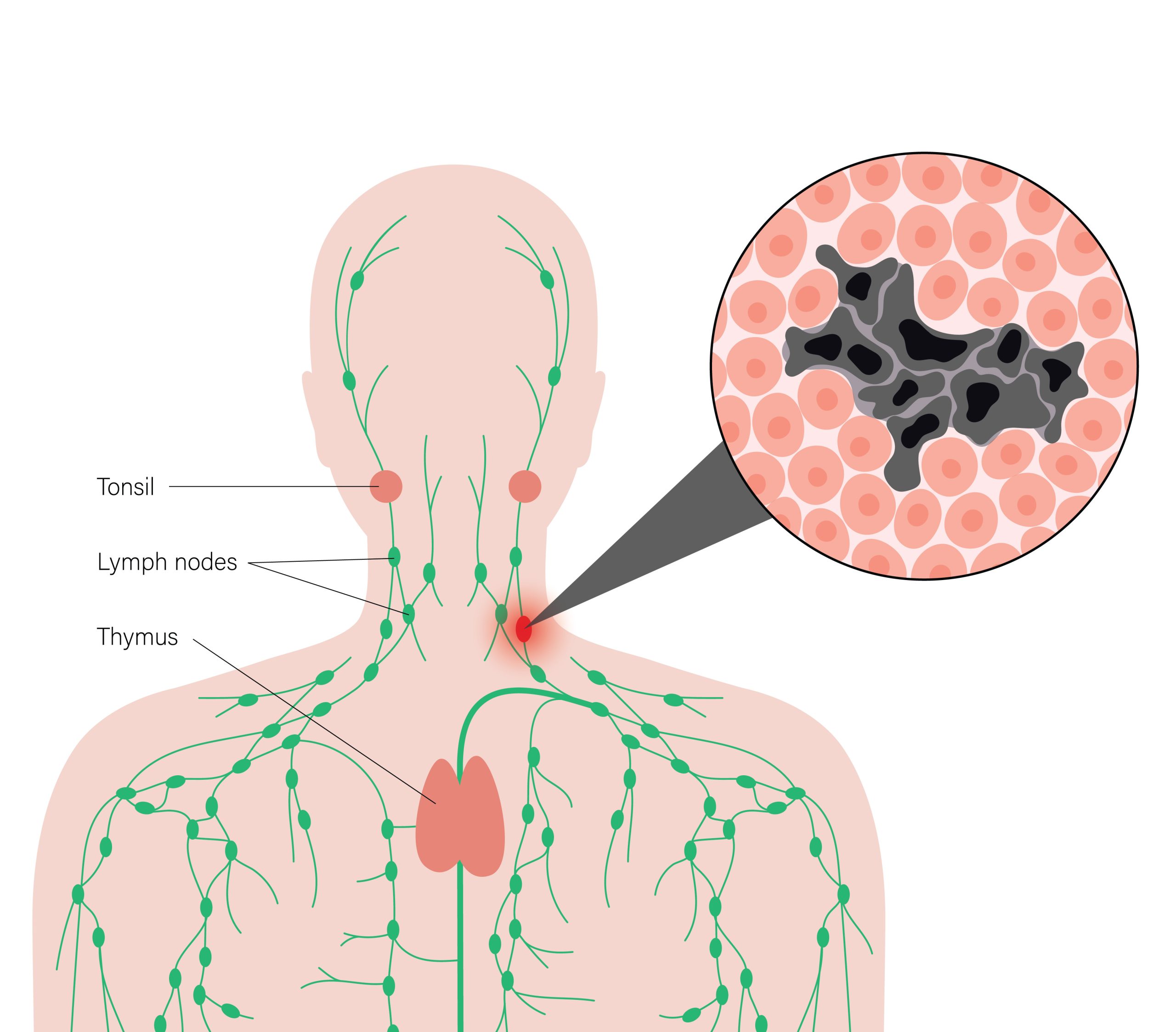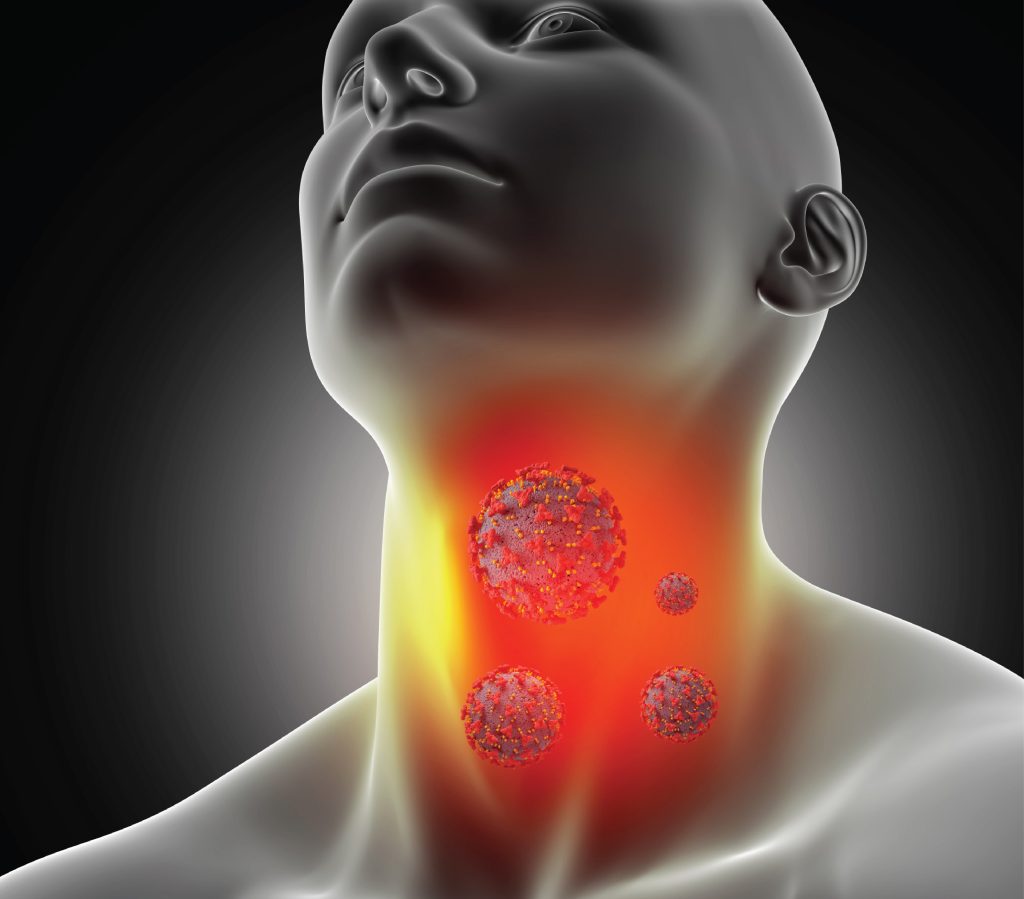Lymphoma Cancer Treatment
Lymphoma Treatment at Thangam Hospital
Lymphoma Treatment Options
Radiation for Lymphoma Treatment
Targeted Therapy for Lymphoma Treatment
Early Stage Lymphoma Treatment
Lymphoma Cancer Diagnosis & Treatment
Lymphoma

Lymphoma care at Thangam cancer center
Lymphoma is a type of cancer that affects the lymphatic system—a crucial part of your immune system responsible for fighting infections. This system includes lymph nodes, spleen, thymus, and bone marrow. Lymphoma begins in lymphocytes, a type of white blood cell, and can quickly spread to other organs such as the liver, lungs, and bone marrow.
Although lymphoma can affect people of any age, it is one of the most common cancers in children, teens, and young adults aged 15–24. The good news is that lymphoma is often treatable, especially with early diagnosis and expert care.
Risk Factors for Lymphoma
Non-Hodgkin Lymphoma Risk Factors:
- Age More common in people over 60, but some types affect younger adults and children
- Gender Some types are more common in men, others in women
- Radiation/Chemical Exposure Including agricultural chemicals and nuclear radiation
- Immune deficiency Due to HIV/AIDS or organ transplant medications
- Autoimmune diseases Like rheumatoid arthritis and celiac disease
- Infections EBV (Epstein-Barr virus), H. pylori, or HTLV-1
- Obesity and poor diet
- Breast implants Rare but associated with a specific subtype
Hodgkin Lymphoma Risk Factors:
- Epstein-Barr Virus (EBV) or history of mononucleosis
- Age Most cases occur between 20–30 or over 55
- Gender Slightly more common in males
- Family history, especially among identical twins
- HIV infection or compromised immunity

Common Symptoms of Lymphoma
Lymphoma symptoms can be vague and are sometimes mistaken for common infections.
However, unlike regular infections, these symptoms do not go away on their own:

Swollen lymph nodes in the neck, armpits, groin, or abdomen

Swellings that are usually painless but may become painful if pressing nearby organs

Back pain, weakness, or neurological symptoms if lymph nodes press spinal nerves

Unexplained weight loss and loss of appetite

Night sweats, chills, and fever without any infection

Pain in lymph nodes after alcohol consumption

Persistent fatigue or lack of energy

Kidney complications
or failure

Chronic cough

Shortness of breath

Abdominal pain or swelling

Types of Lymphoma
Lymphoma is broadly classified into two main categories, each with multiple subtypes:
- Non-Hodgkin Lymphoma (NHL)
- Accounts for about 95% of all lymphoma cases
- Originates in B cells or T cells found in lymph nodes or tissues
- Tumor growth may skip certain lymph nodes, appearing in others
- Subtypes vary from indolent (slow-growing) to aggressive (fast-spreading)
- Hodgkin Lymphoma (HL)
- Identified by the presence of Reed-Sternberg cells, a type of abnormal B lymphocyte
- Tends to spread in an orderly fashion from one lymph node group to the next
How Is Lymphoma Diagnosed?
Lymphoma diagnosis typically starts with a physical exam and detailed medical history. Since routine screening for lymphoma isn’t common, persistent symptoms should prompt medical consultation.
- Blood tests
Assess general health and rule out other causes - Lymph node biopsy
Removal of a tissue sample for pathological analysis (needle or surgical)
- Bone marrow biopsy
Checks if lymphoma has spread to bone marrow - Imaging tests
CT scan, PET-CT scan, or MRI to evaluate spread and staging - Spinal tap (lumbar puncture)
If there’s suspicion of CNS involvement


Staging of Lymphoma
Lymphoma is staged from 1 to 4 depending on its spread:
Stage 1 or 2: Localized or limited to nearby lymph nodes
Stage 3 or 4: Advanced and may involve organs like the liver, spleen, or bone marrow
Indolent lymphomas grow slowly and may not need immediate treatment
Aggressive lymphomas spread quickly and require prompt intervention
Prognosis & Survival Rate
Lymphoma is one of the most treatable cancers, especially when detected early.
Non-Hodgkin Lymphoma: ~72% 5-year survival rate
Hodgkin Lymphoma: ~86.6% 5-year survival rate
Early diagnosis and advanced therapies significantly improve the chances of successful treatment.

Treatment Options for Lymphoma
Treatment depends on the type, stage, and aggressiveness of the lymphoma, as well as the patient’s overall health. At Thangam Hospital, our multidisciplinary team offers the most advanced, evidence-based care for both Hodgkin and Non-Hodgkin lymphoma.
- Most common treatment
- Uses powerful drugs to kill cancer cells throughout the body
- Administered orally or through IV infusions in cycles
- Targets specific areas where lymphoma cells are located
- Often used in early-stage Hodgkin lymphoma or for symptom relief
- Boosts the body’s immune system to recognize and attack cancer cells
- Includes CAR-T cell therapy and immune checkpoint inhibitors
- Uses drugs designed to target specific molecules (e.g., CD20) on cancer cells
- Often combined with chemotherapy (e.g., Rituximab for B-cell lymphoma)
Combines radiation and antibody therapy to deliver radiation directly to cancer cells
- Used after high-dose chemotherapy
- Replaces damaged bone marrow with healthy stem cells (autologous or allogeneic)
Sometimes combined with chemotherapy to reduce inflammation and cancer spread
Rarely used, except for diagnostic biopsy or in cases where an organ like the spleen needs removal. For slow-growing (indolent) lymphomas, immediate treatment may not be required. Regular monitoring ensures timely intervention if the disease progresses.




